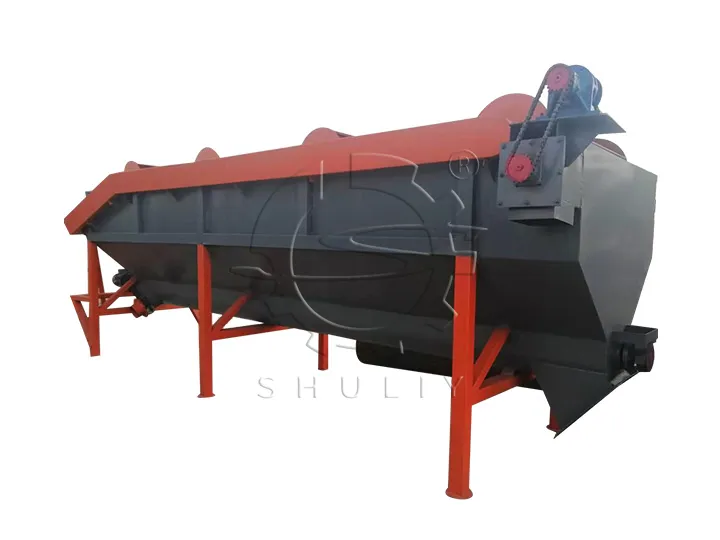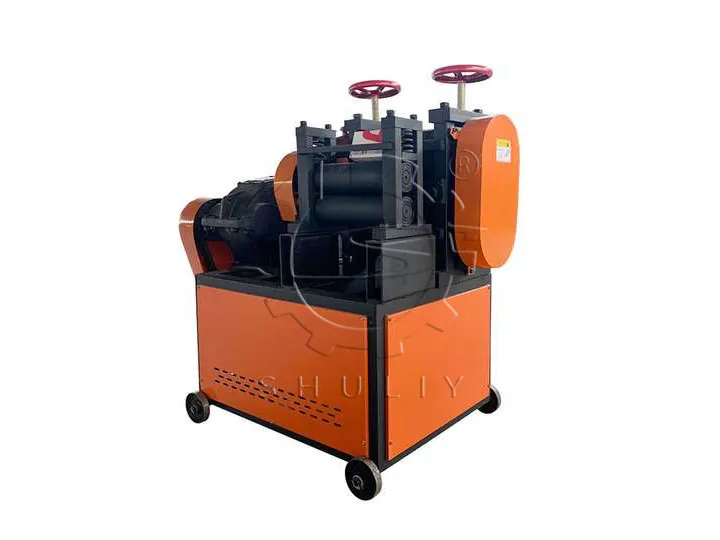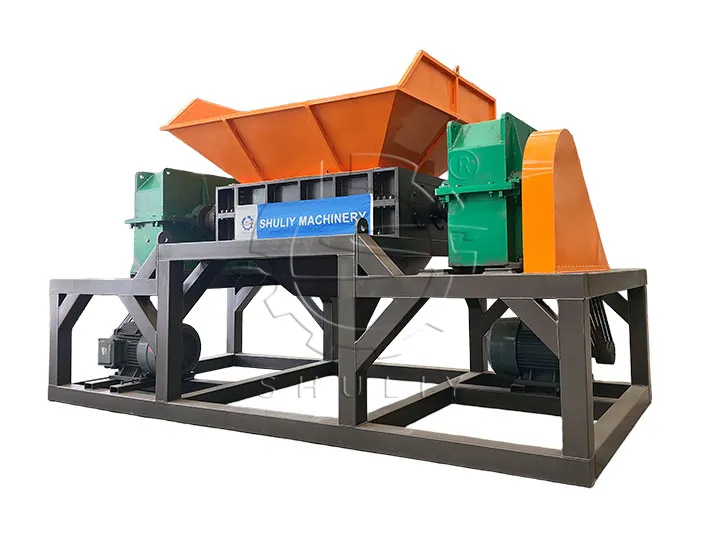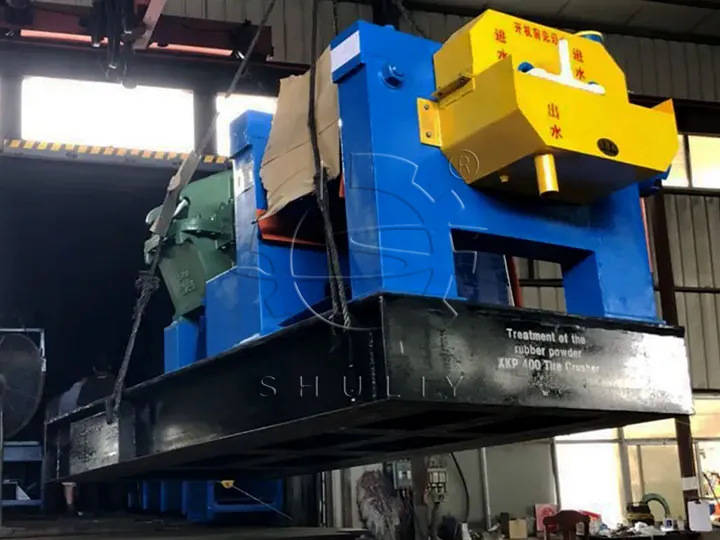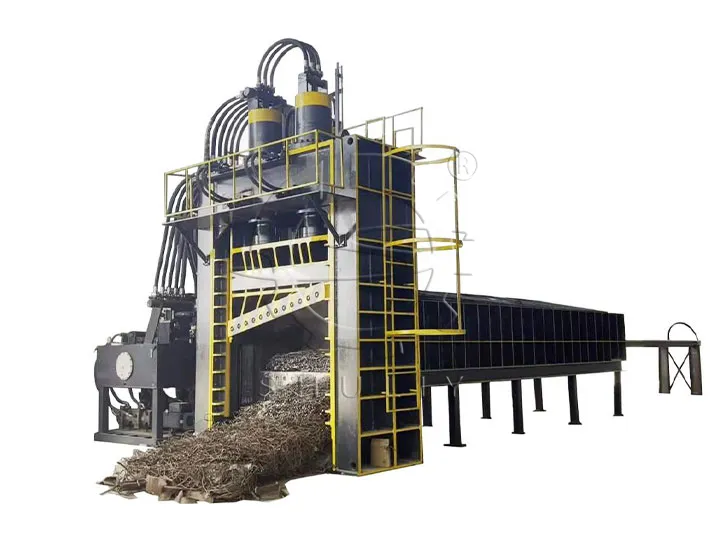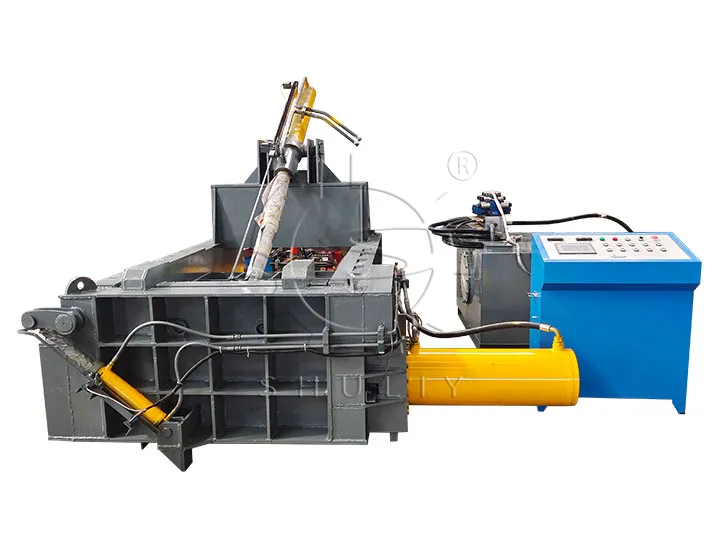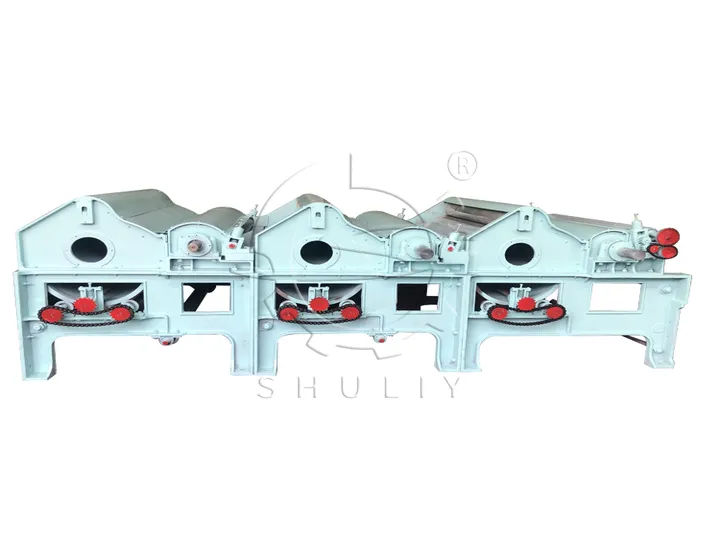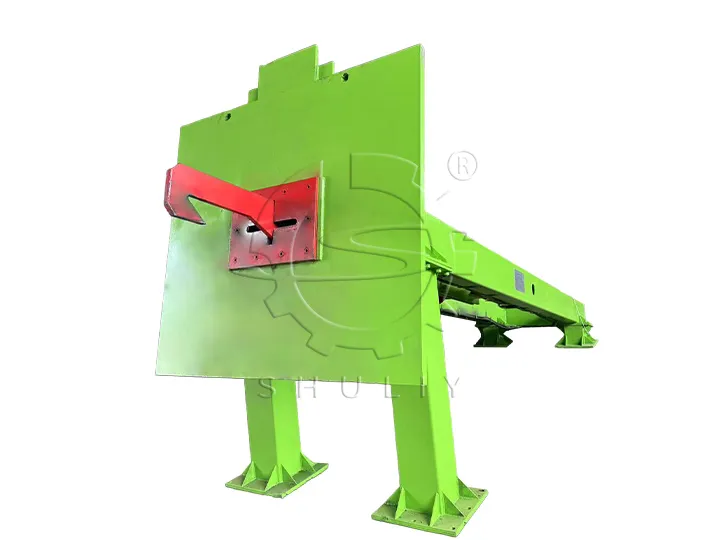Our sink float separation tank is a highly efficient piece of equipment commonly used in PET bottle recycling plants. Because it can separate PET bottle flakes from caps or labels made of PP or PE. At the same time, the equipment can also be PET bottle flakes further washing, and the washing effect is remarkable.
The plastic float sink tanks have a flexible and versatile design that can be customized to meet different production requirements and are suitable for plastic bottle washing lines of all outputs. By effectively separating light contaminants from the bottle flakes, the washing tanks help to improve the purity of the final product and ensure that subsequent processing steps go smoothly.
Advantages of Plastic Float Sink Tank
- Wide range of applications: The sink float separation tank not only separates PET bottle flakes and caps efficiently, but also can be used for PP and PE plastics recycling, effectively removing impurities, and is suitable for a variety of recycling lines.
- Durable material: made of stainless steel, the PET flakes washing machine has excellent corrosion resistance and durability.
- Flexible position: the sink float tanks’ plastic scrap separation is installed in a flexible position, which can be adjusted according to the layout of the production line and is suitable for various cleaning processes.
- Multiple models: A wide range of models are available to choose from depending on the depth of the cleaning tank and the material characteristics. For lighter PET bottle flakes, it is recommended to choose a deeper separation tank to ensure more thorough separation.
- Additional features: Some models are equipped with a paddle wheel, which can effectively push the material forward while separating impurities, further improving production efficiency.
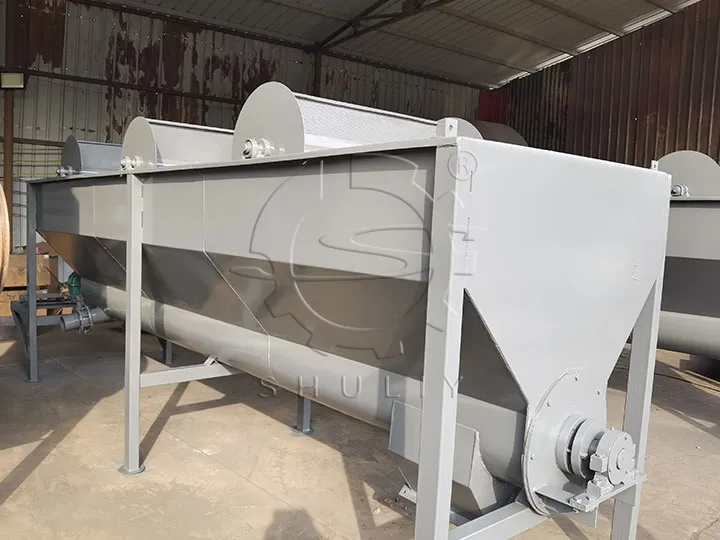
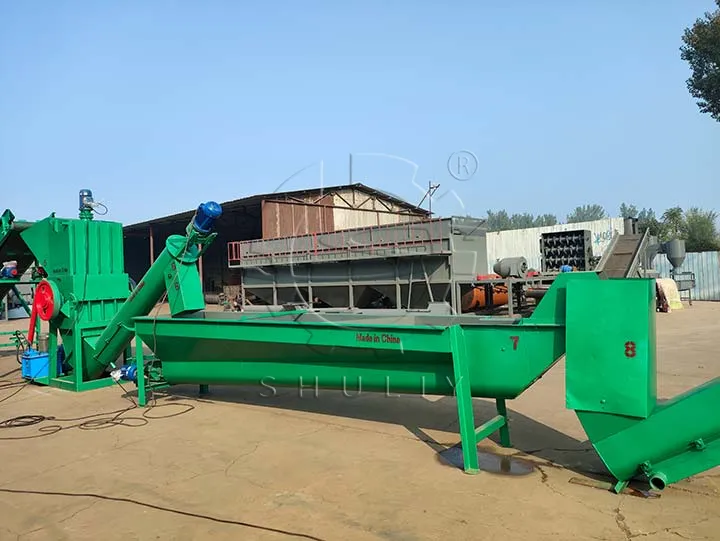
Working Principle Of Sink Float Separation Tank
The sink float plastic separation uses water as a medium to separate PET bottle flakes from PP PE caps or labels according to density. When PET bottle flakes enter the separation tank, PET plastics with a density greater than water will sink, while PP and PE will float on the water surface. The PET flakes washing machine is designed with a screw at the bottom to convey PET bottle flakes forward. And the caps and labels floating on the surface of the water follow the current out the rear exit.
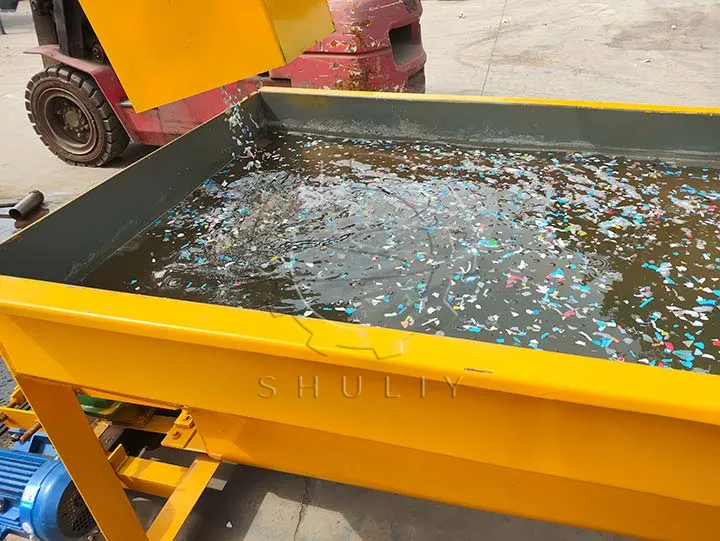
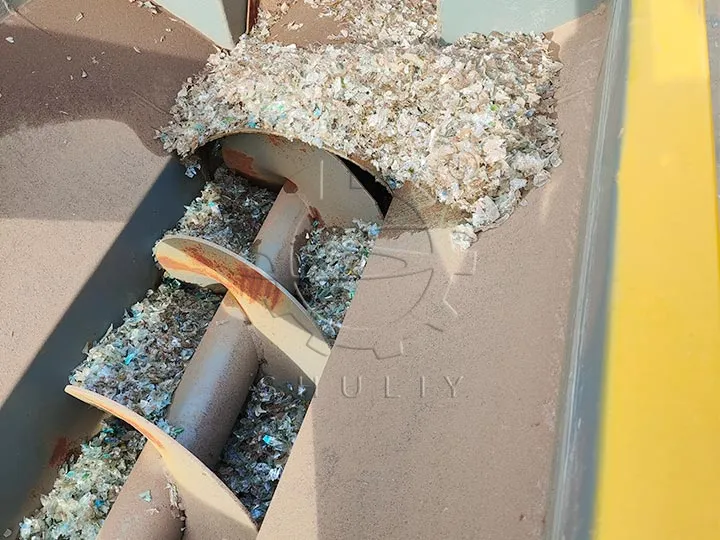
Why Do You Need A Sink Float Plastic Separation?
The sink float separation tank plays a key role in the PET bottle recycling plant, which can realize the effective separation of PET bottle flakes and PP PE bottle caps or labels, and improve the cleaning effect. This helps to ensure that the recovered PET material meets quality standards for reprocessing.
In addition to this, there is the question of how many sink float plastic separations are usually required to be installed in a plastic bottle washing line. This depends on the degree of contamination of the plastic and the specific needs of the customer. Generally, this equipment is installed after the automatic plastic bottle crusher and is mainly used to separate the caps and residual labels from the PET bottle flakes.
If you have higher demands on the quality of the final product, you may also consider installing one or two sink float separation tanks after the hot washing pot. Such an arrangement further separates the impurities and cleans off some of the lye or cleaning powder brought out of the hot wash pot.
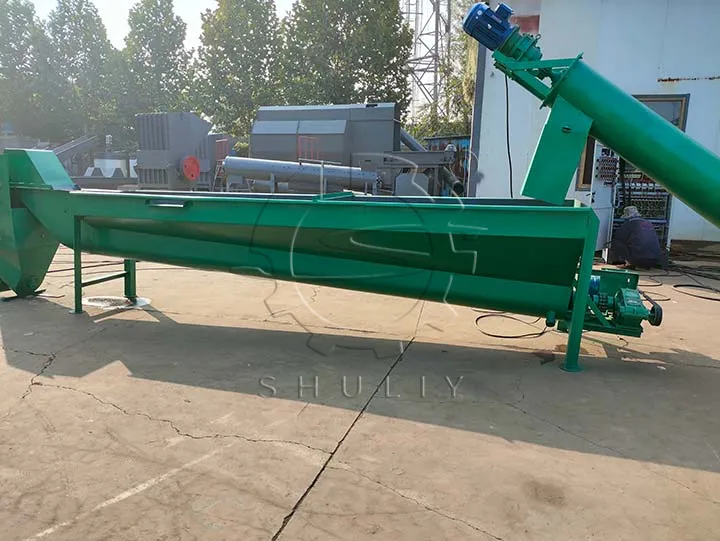

Parameters of Float Sink Plastic Separation
| Voltage | 380V, 50HZ, 3-phase electricity |
| Power | 3KW |
| Outer wall thickness | 4mm |
| Blade thickness | 6mm |
| Equipment size | 5000*1000*1000mm |
| Internal material | 304 stainless steel |
| External frame | carbon steel |
The size and depth of the float sink plastic separations can be customized according to output requirements and raw material characteristics. For example, deeper tanks are suitable for lighter PET bottle flakes, while standard depth tanks are suitable for general plastics recycling needs. In addition, the interior of the tank is usually made of corrosion-resistant stainless steel to ensure the long service life of the equipment in wet environments.

